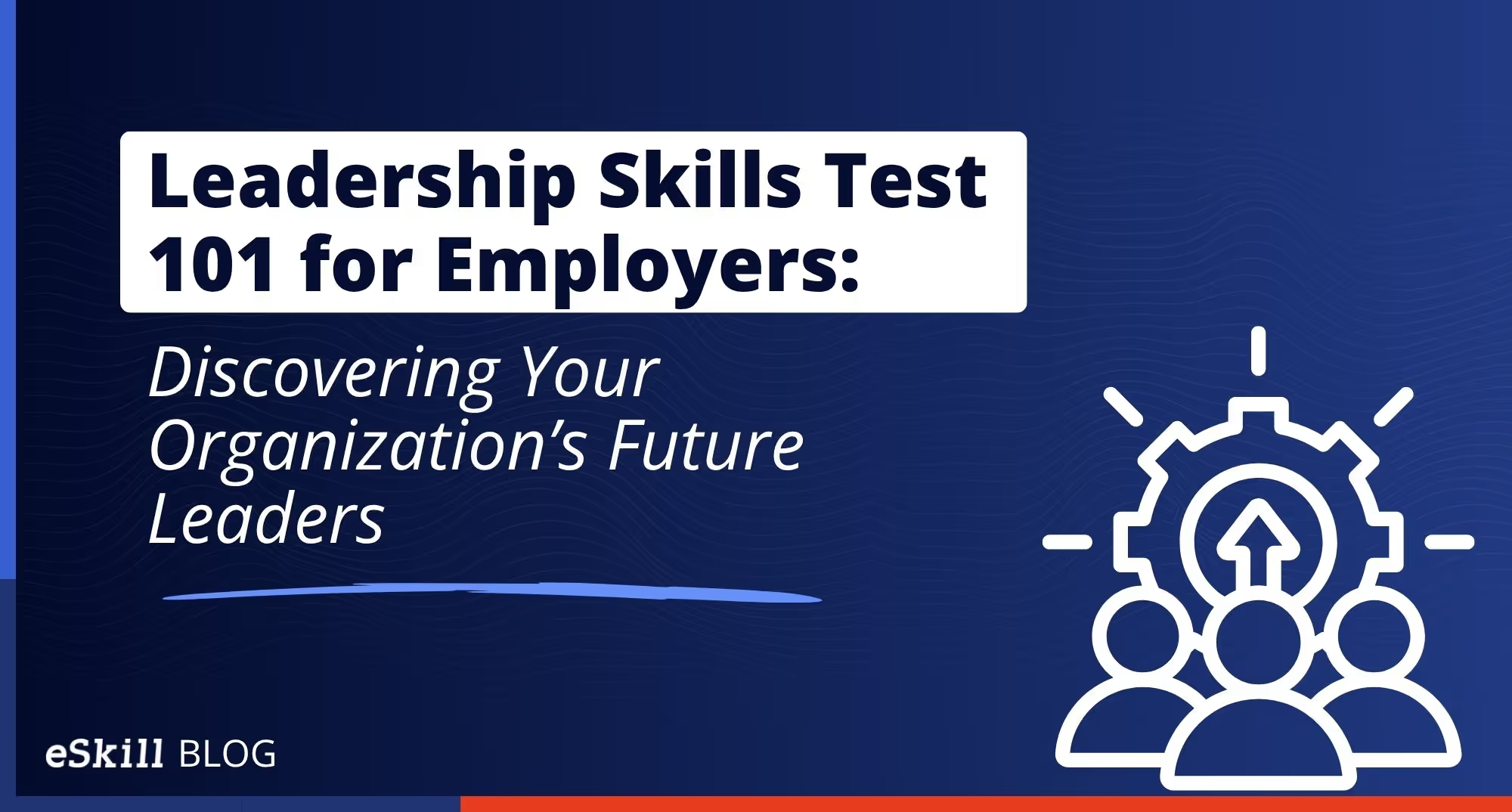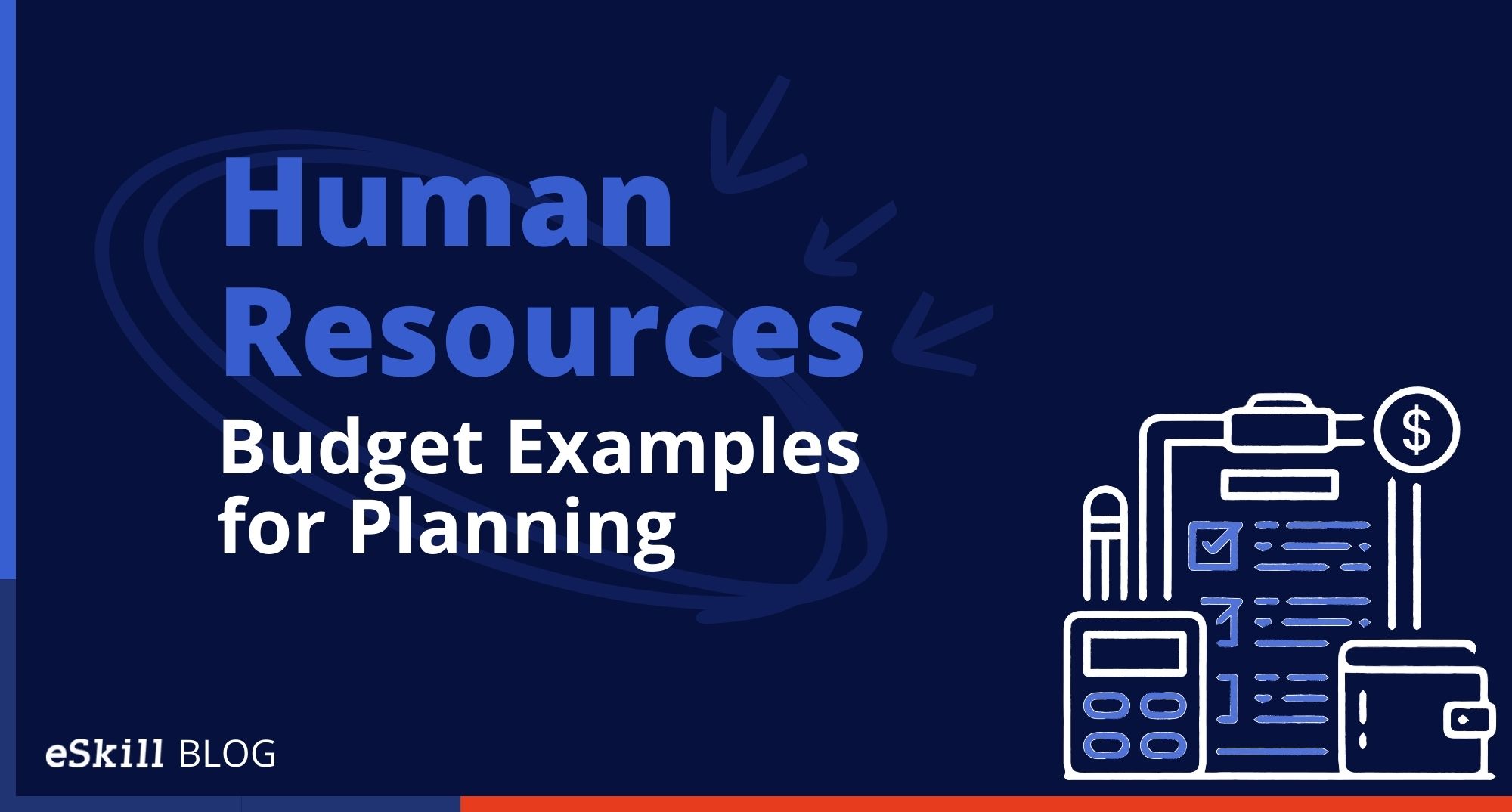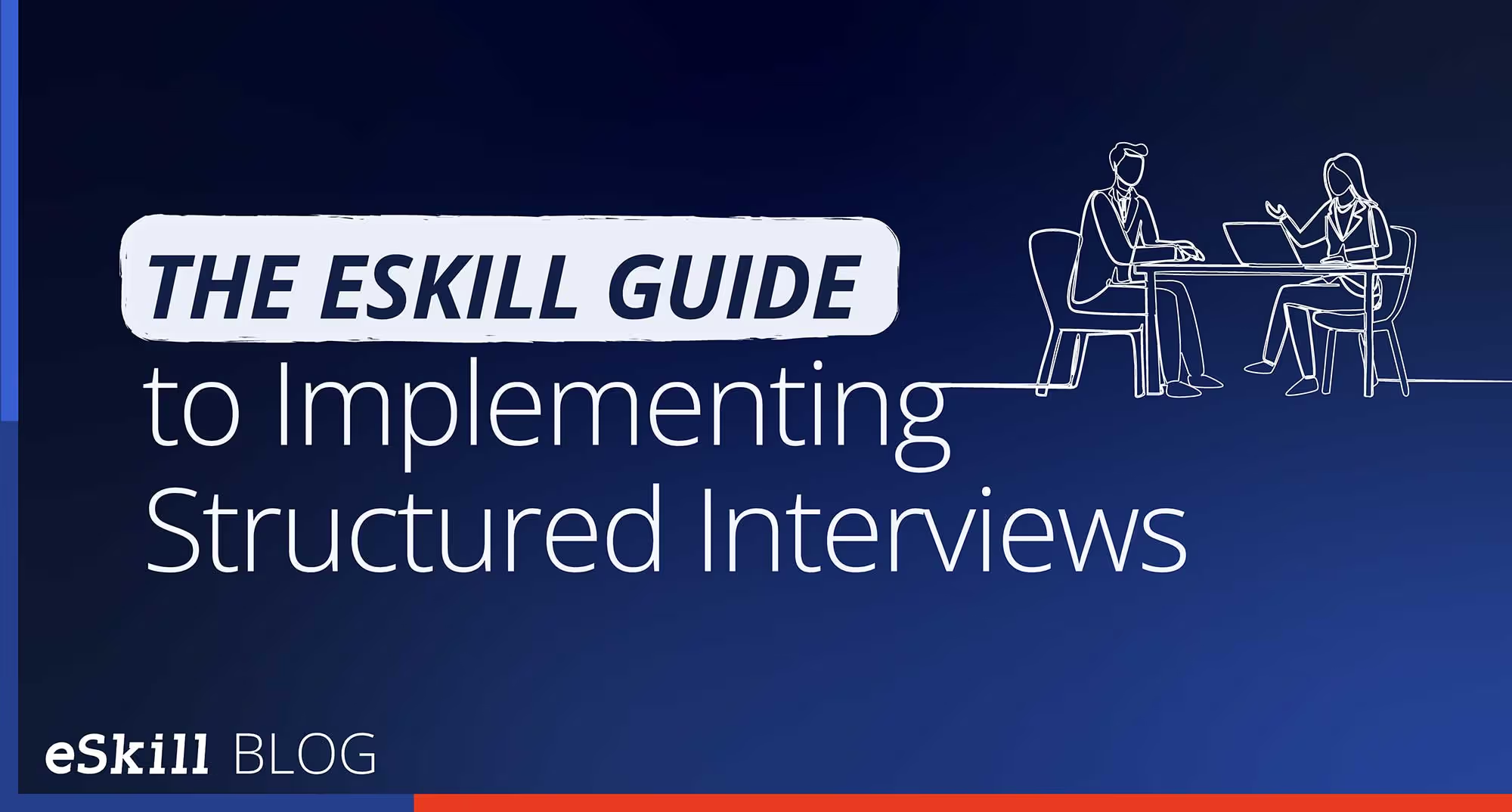What does it take for a company to achieve success today? A quality product, clever marketing and sales strategies, and capacity building are all components of a successful business. And who makes all of these things happen? People. The employees are the ones putting together the quality product; they’re the ones coming up with clever marketing and sales strategies, and they’re the ones building an organization’s capacity.
In order to succeed, companies need to stay innovative and fresh. They need to always be working toward the next best thing, so they’ll stand out from their competitors. Innovation starts with people, that’s why it’s crucial to hire and retain the most innovative talent in the field.
Just look at Google, the third most valuable firm in the world. HR at Google is different from at other companies, and for a company that deals in analytics and data, it’s not surprising to find out why. At Google, the human resources department is called “People Operations”, and its main difference from other HR departments is that it demands data-based decisions at every turn.
And it makes perfect sense.
The business of hiring and retaining top innovators isn’t cheap – approximately 60 percent of a company’s variable spending is on personnel. That’s a big chunk of the budget. Now think about the company operations that take up smaller portions of the budget, like finance, marketing, supply chain, etc. None of these departments would ever dream of coming up with a strategy without evaluating and analyzing all of the available data. So why isn’t that the case with HR?
For starters, traditional HR has relied almost exclusively on relationship building. Relationships work counterintuitively to analytical thinking since they largely rely on subjective opinions and biased decisions. This is the opposite of how most business decisions are made – through looking at data, analyzing numbers, and coming up with strategies.
Google has flipped the traditional HR model on its head and devised a strategy to use data analysis to drive its HR functions, and Google’s success is proof that it works. Google’s workforce productivity is enviable, with each employee generating approximately $1 million in revenue and $200,000 in profit every year.
So how has Google replaced HR’s old subjective decision-making methods? By relying on data-driven analysis, Google hires, manages, and retains its workforce in a completely unique way.
- Managers: Through research and analysis of internal data, Google realized the importance and impact that great managers have on the workforce. Their data analysis showed that managers expressing interest in the employee and providing personalized feedback ranked high among employees. Now their managers all focus on these areas of importance and are evaluated by their teams twice a year.
- Experimentation: Google’s People & Innovation Lab (PiLab) conducts experiments within the company to find out the best ways to manage people and keep a productive work environment, like what kinds of rewards make employees the happiest and how to make changes that will improve working conditions.
- Math: Google uses a mathematical algorithm to predict retention patterns in employees, which helps them come up with a personalized solution before it’s too late. They’ve also developed an algorithm to help predict which candidates will succeed after they’re hired.
- Predictions: Using predictive models that consider “what if” scenarios, Google is able to forecast workforce management obstacles and opportunities. It also bases its workforce planning on analytics, which is important especially for such a quick growing company.
- Diversity: By analyzing hiring data, Google was able to get to the root of their weaknesses in workforce diversity and come up with effective solutions to hire and promote more people from diverse backgrounds.
- Value: Again through data analysis, Google is able to calculate the productivity of their employees in order to identify the top performers. This helps convince decision-making executives to provide the resources to hire, manage, and retain top talent.
- Collaboration: Google has found that the best innovation comes from a combination of three factors: discovery, fun, and collaboration. Knowing this, it has designed its workplace environment to encourage and maximize the three factors, including placing a high importance on collaboration between units and employees.
- Learning: Google places a big emphasis on hand-on learning, whether through project rotations, learning from mistakes, or encouraging employees to continuously learn and adapt on the job.
- Powerful data: Finally, Google’s “People Operations” approach is successful because it collects and analyses relevant data to come up with strategies on an ongoing basis. It then presents proposals to managers and executives that help influence decision-making based on powerful data.
Do you think Google’s data analysis approach is right for HR functions? Have you applied any of these tactics to your workforce hiring, managing, and retention?

Get ademo.






